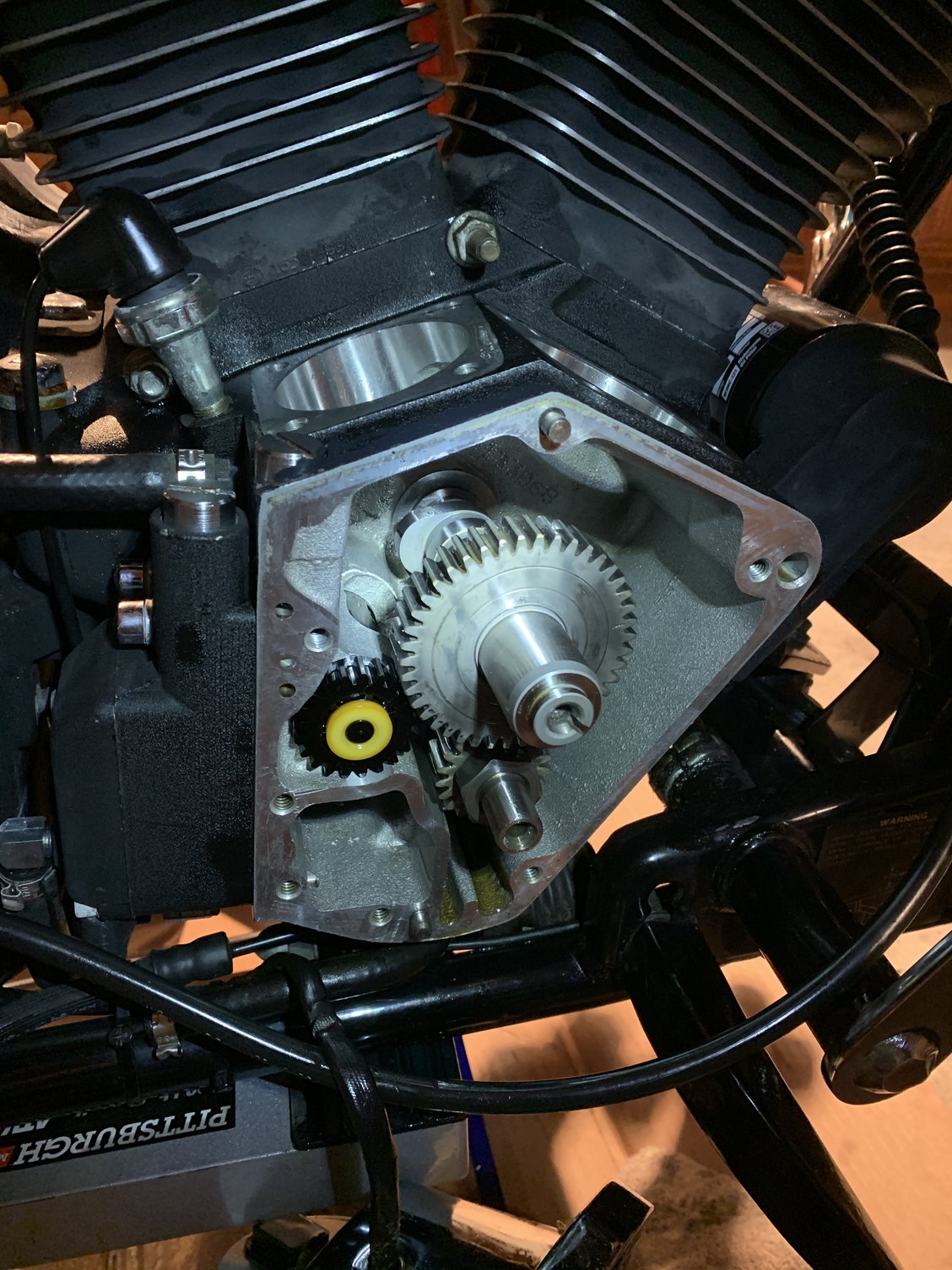


Wasted spark (both plugs fire at the same time). Allows more efficient combustion and has higher compression. Usually surrounds battery box under the seat.īelow and behind the transmission assembly (except Softails, which are same as noted for the Evo) Transmission casing is attached directly to the engine.

Many users installed aftermarket gear driven replacements to increase timing accuracy and to avoid cam chain tensioner wear. This change was reported as necessary to meet EPA noise requirements. This allows the push rods to be better aligned with the rocker arms. This pump is more efficient, maintains a higher pressure and larger volume. Connected directly to the right side pinion shaft. The Twin Cam 95 was introduced with the Screamin' Eagle (Later known as CVO) Models and ran until the 88 was discontinued after 2006. The 88 represents the displacement in cubic inches of the standard engine. The engine design differed considerably from its predecessor the "Evo" although it shared some design elements with the Sportster line. Differences from predecessor (Evolution engine)

It is possible, however, to mount a regular Twin Cam motor to a pre-2000 Softail (or any chassis that accepts an Evolution engine) through third-party adapters. The Twin Cam 96B engine was released at the same time as the Twin Cam 96A model, for the 2007 model year, and was equipped on all Softail models until it was replaced by the 103 ci version. It is basically the same engine as the original (now retroactively referred to by enthusiasts as "Twin Cam 88A"), but with a modified engine block design that incorporates twin chain-driven balance shafts. As the company determined that a rubber-mounted Softail would affect the line's visual styling, Harley solved the issue by designing an engine variant known as Twin Cam 88B. Another reason was that the engine and transmission on a Twin Cam are directly bolted (but are still separate units) to each other, with the chassis seat post on a Softail getting in the way of a Twin Cam transmission case. Dyna models are "rubber mounted", damping the majority of vibration transfer to the frame and rider. This was due to the chassis design and vibration transfer to the Softail frame as a result of the direct (hard) mounting of the engine. The Twin Cam initially was not used in the Softail model family before the year 2000.


 0 kommentar(er)
0 kommentar(er)
